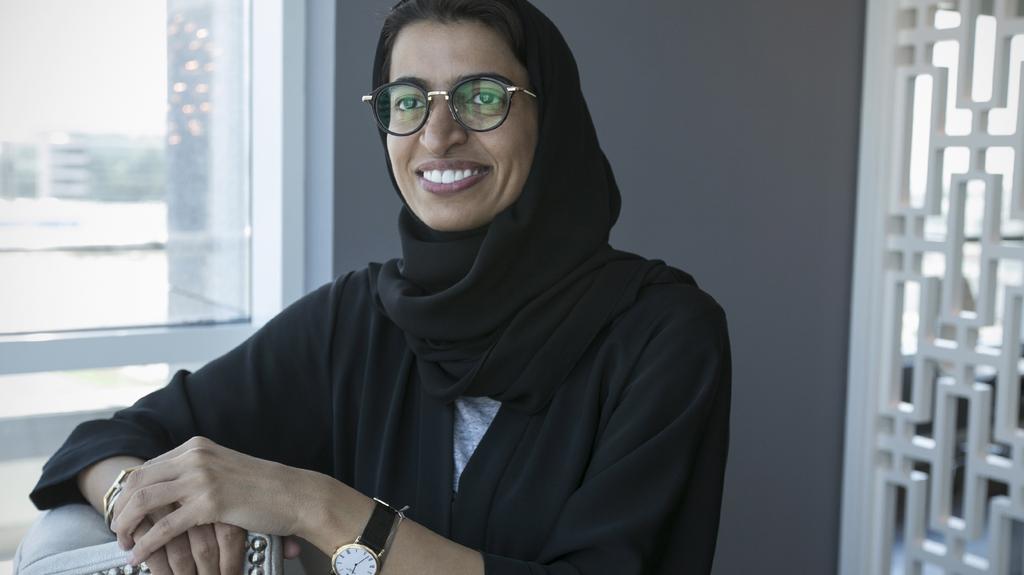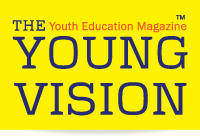
The influential female voices shaping the UAE art scene
‘Talent, and not gender, is what should define you in the art world,’ says Minister of Culture Noura Al Kaabi.

Art and culture are often seen as female fields, with rows of women staffers but, as often as not, men at the helm. According to figures provided by the National Museum of Women in the Arts, for example, women run only a third of major American museums but make up the bulk of the workforce. In the UAE, however, women head most of the country’s art institutions – both large and small.
For this article, we canvassed several cultural figures to celebrate the women who have shaped the creative landscape of the UAE today: from Huda Alkhamis-Kanoo, who set up the Abu Dhabi Music and Arts Foundation in her living room 20 years ago, to Manal Ataya, who oversees the six museums that make up the Sharjah Museums Authority. In addition to these top figures are the engines – to use Al Qassemi’s term – the women who power the institutions.
The Sharjah Art Foundation, Art Jameel, the New York University Abu Dhabi Art Gallery, the Salama bint Hamdan Al Nahyan Foundation, Tashkeel, the Department of Culture and Tourism Abu Dhabi – a vast majority of staff at these organisations are women. On the commercial side, too, many galleries are female-led, such as Isabelle van den Eynde’s eponymous space on Alserkal Avenue, Sunny Rahbar at the Third Line and Yasmin Atassi at Green Art Gallery, as are both the UAE’s key art fairs, Art Dubai and Abu Dhabi Art, directed by Myrna Ayad and Dyala Nusseibeh respectively.
Why is the UAE such fertile ground for women in the art world?
What makes one field receptive to women, and others forbidding? What creates workplace culture, and how entrenched – or conversely, how malleable – are norms to do with gender roles and appropriate gender fields? There is a clearly a sense, for many, that cultural bias has contributed to the predominance of women in art in the UAE. “Art is a field that has not been masculine,” says Al Qassemi, who founded the Barjeel Art Foundation in Sharjah. “Men did not want, for example, for the sake of appearance, to be in the field. Thanks in part to male arrogance, women have flourished.”

In recent years, the UAE has very conspicuously promoted women – especially young women – to key ministerial positions, and in 2015 set up the Gender Balance Council. May Al Dabbagh, an assistant professor at New York University Abu Dhabi who studies women and work in the Gulf, points out that the contemporary art and culture scene is a relatively new space in a young country. As such, the UAE is not seeking to redress historical imbalances but has the opportunity to populate the field from a new template. There is also a convergence of aims between the promotion of women and the art field, which both signal the country’s modernisation efforts.
Carver says that the period post-2000, when the UAE art environment began to morph into its current form, was when growing numbers of Arab women began graduating from universities.
“In the early 2000s you had this double whammy of post-9/11 restrictions on travel for Arab youth, which meant that people started to stay and study at home,” she says. “Plus local universities were opening, and opening up to women en masse. Before that, it would have been only the most liberal, academic Gulf families who encouraged their daughters to travel abroad to study. At the time as these bright, ambitious women started to graduate through the 2000s, the cultural industry itself grew as a field where women could work.”
Carver recalls that at Art Dubai, “we used to have a lot of interns who would bring their parents to the fair, and say, ‘I want to work in this field’, and point out the government ministers and members of the ruling family who were coming, and supporting. It turned around very quickly from being seen as a fluffy pastime to an industry that lends itself to national representation”.
The appointment last year of Noura Al Kaabi as Minister of Culture and Knowledge Development was seen by many as a significant recognition of the role that women play in culture. “It means so much for women in the workplace to have a woman representing the entire cultural sector of the nation,” says Vilma Jurkute, director of Alserkal Avenue.
“She’s become a role model for so many of us.” Al Kaabi has pressed for improving maternity leave, which now stands at three months for government employees (fathers get three days’ paternity leave), and 45 days of maternity leave in the private sector, in Abu Dhabi and Dubai – this can be a significant hurdle in the already difficult balance between career and parenthood.
Gender blindness rather than affirmative action
Although maternity leave is a live issue, on the whole gender is not a frequent topic of discussion among women here. “I don’t really think about it,” says Laila Binbrek, the director of the UAE National Pavilion. “Sometimes I step back and realise, yes, most of the people on my team are women, but it’s not something I feel normally conscious of.”
Perhaps because the UAE did not engage with feminism either as theory or as a popular movement when it began in the 1970s, or simply because female empowerment in the cultural field is already a norm, most of the women I spoke to were surprised that being a powerful woman would even be worthy of note.
Rather, the prevailing mode seems to be one of espousing gender blindness, rather than affirmative action. The Sharjah Art Foundation has often shown the practices of women artists – and all the principal curators for its biennials from 2009 to 2017 have been women – but these decisions are taken as part of a wider attempt to broaden a narrow art-historical canon. Reem Shadid, deputy director of the Sharjah Art Foundation, says: “Hoor [Al Qasimi] and I have never actually had a conversation about working with so many women artists, but we are both definitely aware of the number of women whose work we have shown in our various programmes and exhibitions. We have certainly taken a conscious decision to present the work of under-represented women artists who have or have had important practices. It’s also important to note that our programmes have also included under-represented men with important practices, such as Rasheed Araeen, Robert Breer and Latif Al Ani.”
Al Kaabi concurs. “I am proud to be a supporter of this thriving art scene that emulates a good gender balance in many of its aspects,” she says. “What is so wonderful about the cultural sector is that it all boils down to talent. Talent, and not gender, is what should define you in the art world.”
10 influential voices
Sheikha Lateefa bint Maktoum, founder Tashkeel
Sheikha Lateefa founded art organisation Tashkeel upon her graduation from art school, and it has since become a major site for engagement and dialogue in the art and design community, with studio spaces, exhibitions, workshops, and teaching programmes. The daughter of the late ruler of Dubai, Sheikh Maktoum, Sheikha Lateefa has used her public status to help normalise art as a profession for young women. Working mostly through the medium of photography, she has helped to capture the changes that Dubai has undergone – as well as the changes to her own life, with her last cycle of works chronicling her personal transition from bride to mother.
Sheikha Hoor Al Qasimi, president and director of the Sharjah Art Foundation, and Reem Shadid, deputy director
Sheikha Hoor took over the Sharjah Art Biennial in 2003, and quickly made it one of the most important events on the international circuit. Working with Reem Shadid, her deputy director – who was part of the Sharjah Art Foundation’s founding team in 2009 – the two then went on to make the Foundation a year-round entity: a serious investment in the local art scene of the UAE. The Sharjah Art Foundation is widely considered the highest calibre contemporary art organisation in the UAE, for its contemporary and modern programmes, support for local practices, and for the discursive events and biennials that remain internationally relevant.
Noura Al Kaabi, Minister of Culture and Knowledge Development

Huda Alkhamis-Kanoo, founder of Abu Dhabi Music and Arts Foundation and founder and artistic director of Abu Dhabi Festival

Antonia Carver, director, Art Jameel

Prior to Art Jameel, Carver was the director of Art Dubai, where she helped develop the identity for the fair – one of which was welcoming to international, young galleries – and to co-create platforms, such as Campus Art Dubai and the Global Art Forum, with intent on both content and criticality.
Salwa Mikdadi, Associate Professor, Practice of Art History, New York University Abu Dhabi

Vilma Jurkute, director, Alserkal Avenue

Laila Binbrek, director, UAE National Pavilion

Manal Ataya, Director-General, Sharjah Museums Authority

Source: The National
